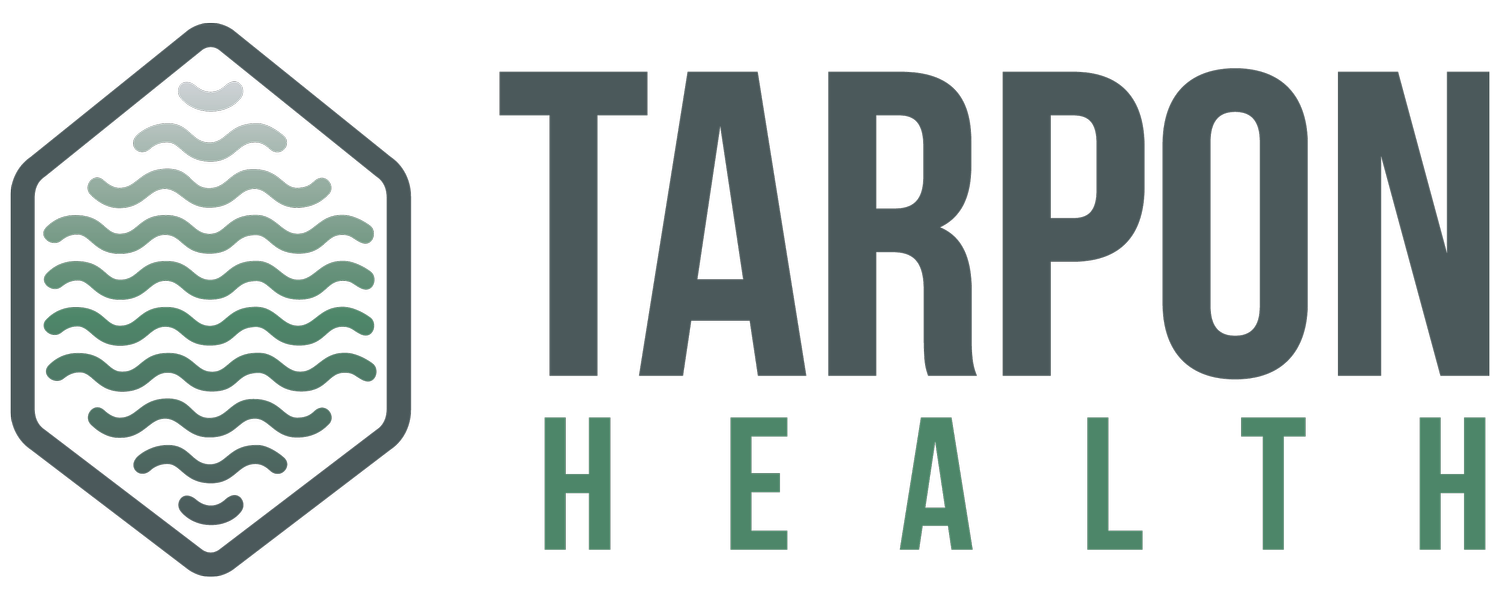A Beginner’s Guide to Robotic Process Automation (RPA)
Introduction:
In today's dynamic healthcare organization landscape, the imperative for efficiency and productivity has never been more crucial. To meet this demand, numerous organizations are embracing Robotic Process Automation (RPA) as a transformative solution.
RPA is a cutting-edge technology that leverages software robots, or "bots," to automate repetitive, rule-based tasks, offering substantial benefits, including advanced revenue cycle automation. In this comprehensive guide, we will explore the realm of RPA, delving into its core principles and its potential to revolutionize your organization's processes.
Understanding Robotic Process Automation:
RPA can be leveraged in revenue cycle automation to vastly improve efficiency, optimize the allocation of resources, and enhance your organization’s compliance. In fact, studies have shown that RPA boosts compliance by up to 92%, and can save organization owners thousands in clerical errors and increase productivity levels. This level of compliance not only mitigates the risk of costly fines but also enhances the organization's reputation as a reliable and trustworthy partner.
RPA offers significant benefits to organizations, with most seeing a full return on investment in less than 12 months. By utilizing robotic process automation, healthcare organizations are able to outsource up to 20% of a full-time employee’s workload in tasks like routine processing, data entry, and data validation.
What is Robotic Process Automation?
In a beginner-friendly, simplistic definition, robotic process automation (RPA) is the process of utilizing AI and other software to streamline day-to-day tasks through automation.
When you consider that 10% of an average employee's time is wasted on data entry, with up to 50% being used for tasks like word processing, invoicing, and other tasks, the advantages of RPA can be seen immediately.
RPA can be used to outsource repetitive tasks that are crucial to the overall functioning of your organization. In revenue cycle automation, RPA can be leveraged to complete tasks like billing, coding, and claims processing with minimal human intervention.
RPA works by combining artificial intelligence, machine learning, and other advanced technologies to automate tasks. This process involves creating ‘bots’ or software robots that mimic human actions including keystrokes, mouse clicks, and data entry. The bots are trained to understand how different systems, processes, and applications work, and can be tailored to your healthcare organization’s goals. Bots are able to seamlessly move between different screens and applications to complete tasks, and can also be programmed to follow niche rules and decision-making processes.
Bots are able to be highly accurate and consistent. On average, bots maintain 97% of data accuracy and can reduce turnaround time on mundane tasks by over 60%. This means organizations can rely on RPA to complete a high volume of mundane tasks accurately, freeing up valuable time for employees.
Real-Life Use Cases:
Consider Mark, a manager at a small GP practice. He spends a large portion of his time completing administrative tasks such as processing patient registrations and appointment bookings. Up to three hours of his workday is spent on manual tasks, organizing emails, processing billing, and printing reports.
With RPA implemented, Mark is able to train bots to complete these tasks for him. This frees up his time to focus on more important tasks such as meeting with patients and improving the overall patient experience. As a result, the GP practice is able to serve more patients in less time, leading to increased revenue and improved customer satisfaction.
RPA is commonly used in finance and accounting to streamline the accounts receivable and payroll processes. Bots can automate tasks like invoice processing, reconciliation, and paying employees to free up employees’ time to spend on more complex tasks. You’ll also see bots being used in customer service and human resources. Bots can handle routine customer service inquiries through chatbots, allowing employees to focus their time on handling detailed requests and assisting qualified leads.
RPA in Action - Revenue Cycle Automation:
Revenue Cycle Automation is the process of automating key tasks associated with generating revenue for an organization. This includes email organization, invoice processing, employee scheduling, and other administrative tasks. By using RPA, you can put bots to work 24/7 on mundane tasks - and complete them up to 10 times faster than if humans were doing them.
RPA’s Role in Healthcare:
The demand for RPA in healthcare stems from the need to automate claims and process management. Most healthcare providers have to deal with a large volume of patient data and paperwork, leading to delays in processing. Clerical errors happen regularly, with human error accounting for up to 64% of electronic health record data deficiencies.
In terms of revenue cycle automation for healthcare, RPA can be used to automate patient registration, appointment scheduling, and insurance claims processing. Additionally, RPA can be utilized in revenue cycle management by automating tasks such as billing and coding. This not only saves time for healthcare professionals but also minimizes the risk of human error, leading to more accurate and efficient revenue generation.
The scalability of RPA for revenue cycle automation is nearly unbeatable. The robotic workforce can be doubled almost instantly to respond to the changing needs of healthcare organizations, with most providers seeing 20-60% cost savings of baseline full-time equivalent by outsourcing financial and administrative tasks.
Benefits of Revenue Cycle Automation with RPA:
RPA has many benefits when it comes to revenue cycle automation. Some of the key benefits include:
Accelerated Cash Flow:
Healthcare organizations can experience accelerated cash flow by utilizing RPA for revenue cycle automation. This is because bots can work 24/7, without breaks or errors, allowing organizations to process invoices and claims faster and more accurately. Cash flow is crucial for the survival and growth of any organization, making this a significant benefit of RPA in revenue cycle management.
Accuracy Improvements and Error Reduction:
Improved compliance and productivity are the main reasons Chief Experience Officers invest in RPA. By automating repetitive and mundane tasks, RPA can reduce human error and increase data accuracy.
Efficiency and Productivity Gains:
Employees are able to focus on more critical tasks that require human skills, like decision-making, communication, and problem-solving. 86% of managers surveyed by the Enterprisers Project found improved productivity to be an area where RPA met or exceeded expectations, which ultimately leads to increased efficiency.
Enhanced Compliance:
RPA ensures compliance with regulations and policies by automating tasks in a consistent and standardized manner. This reduces the risk of non-compliance and potential penalties, saving organizations time and money. In fact, 38% of managers report that enhanced compliance is the leading benefit of RPA, especially in areas such as finance, accounting, and risk management.
Data Analytics and Insights:
RPA offers valuable data analytics and insights for revenue cycle management. By automating tasks like claims processing, it enables real-time data collection and analysis, helping organizations optimize processes and reduce errors for improved efficiency.
Huge Return on Investment (ROI):
A study by Everest Group found organizations that leveraged RPA well and utilized the technology to successfully boost performance saw an ROI of nearly 4X on their RPA investments. This means organizations can see significant cost savings and efficiency gains by implementing RPA for revenue cycle management.
Robotic Process Automation - The Challenges:
Like all new technologies, there are some challenges in implementing robotic process automation.
Scalability:
Only 3% of organizations have scaled RPA to over 50 bots within their organization, despite 78% of healthcare providers who have already implemented RPA expecting to significantly increase RPA investment over the next 3 years. This suggests that RPA may be a challenge to scale up within an organization.
The Solution:
Working with an automation specialist like Tarpon Health to spearhead your revenue cycle automation using RPA means we'll do the heavy lifting to scale up your automation. Our team can help identify and prioritize processes for automation, implement RPA software, and provide ongoing support and maintenance to ensure a successful integration.
Workforce Concerns:
On average, 17% of healthcare organizations will encounter some employee resistance when implementing RPA. Key causes for concern among employees include potential job losses and a lack of understanding of how RPA works and how RPA will affect their current role.
The Solution:
Proper communication and training are essential to address employee concerns when implementing RPA. Our team at Tarpon Health can provide comprehensive training on how RPA works and the benefits it brings to employees, such as reducing tedious tasks and allowing for more time to focus on higher-level work. This transparency and support can help ease any fears and ensure a smooth transition to RPA integration.
Implementing RPA - A How-To Guide:
You may be wondering how to get started with RPA in your medical practice. Here are some steps to follow:
Identify RPA Opportunities:
The first step to successfully implement RPA is to identify automation opportunities. A great place to start is auditing financial and administrative tasks, and seeing which ones eat up a lot of your employees’ time and could be automated.
Design Effective Automation Workflows:
Effective automation workflows are crucial to ensure that your RPA implementation runs smoothly. You'll want to map out the steps of a particular process and define clear inputs, outputs, and decision points for the bot to follow. This will help minimize errors and ensure that your RPA is performing effectively.
Test and Validate Your Automation:
Before fully implementing RPA, it's crucial to thoroughly test and validate your automation workflows. This will help identify any potential issues or errors and ensure that the bots are functioning as intended.
RPA Deployment:
Once your RPA implementation is complete, it's time to deploy the bots and start reaping the benefits of automation. This step should be carefully planned and executed to ensure a seamless transition and minimal disruption to your regular organization's operations.
Ongoing Optimisation and Maintenance:
RPA is not a set-it-and-forget-it solution. As your organization’s processes and systems evolve, it's important to continually evaluate and optimize your RPA workflows. This may include updating bots to handle new tasks or making changes to improve efficiency and accuracy.
Conclusion:
To summarize for a beginner, Robotic Process Automation (RPA) is a powerful tool for healthcare organizations to cut operation costs through the automation of processes. By embracing RPA, you can enable your organization to stay competitive in the ever-evolving healthcare landscape. Resources like Tarpon Health can help you get started, assess your needs, and help you successfully implement RPA into your RCM systems.

